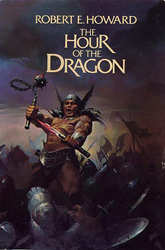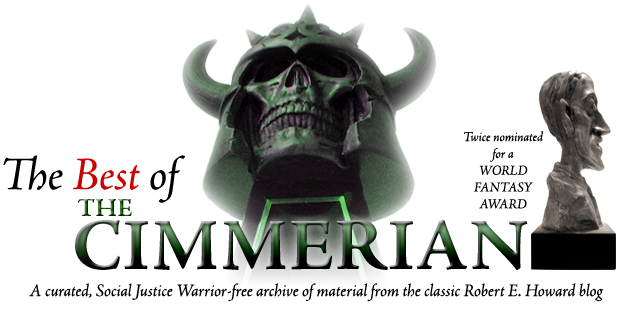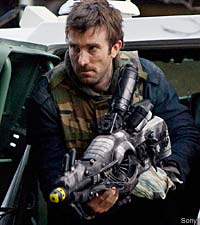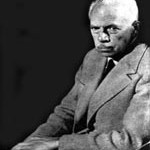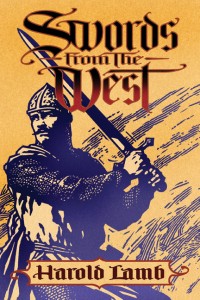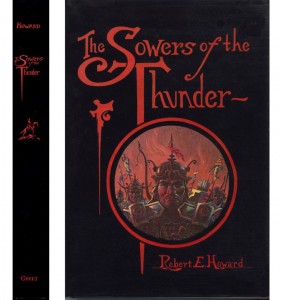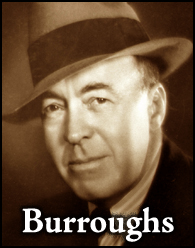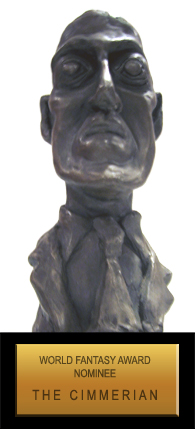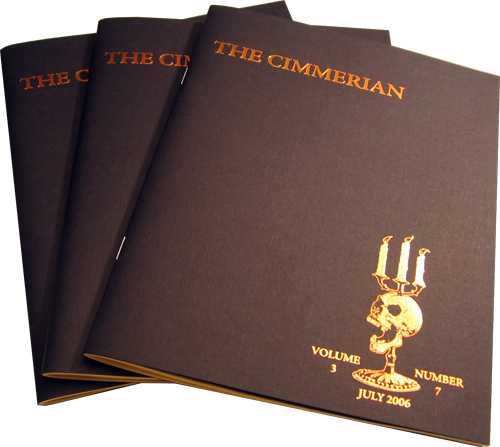
I just know I’m going to get some outraged emails at 12:01am on September 1 from people irate that they had no adequate warning of my decision to stop selling back issues after August 31, and upset that I’m being such a hardass about my deadline (I’ve already had people vainly ask me to extend the deadline just for them, or let them keep things on layaway for days, weeks, or months, despite my very clear blog post last time about those things). So to be perfectly clear as we come down the home stretch:
August 31, 2009 is the date after which all excess unsold copies of The Cimmerian will be destroyed. If you want any after that, you’ll have to wait for already-sold copies to appear on eBay, or scavenge at the REH Museum in Cross Plains for what copies they might still have.
No, I’m not going to change my mind. No, there will be no extensions or copies held on layaway.
August 31 is the date. Get ’em while you can.
And to be assured of getting your order, your don’t just need to send me an email requesting the issues by the deadline, your money needs to be sitting in my PayPal account by midnight of the night of Aug. 31–Sept. 1, Pacific Time. Any monies sent after that time will be refunded and the orders will go unfilled. And any email conversations that we might have had before the deadline that were ultimately not sealed by a payment will be considered void.
I’ve been overwhelmed with orders the past few weeks and am slowly working through them whenever I get free time, so if you’ve sent in money and I’ve confirmed receipt, don’t worry, you’ll be getting your package soon. Any questions, feel free to ask. If you have been sitting on the fence for the last five years, you have until Monday evening to get in on the action.
I can’t make it any more clear than that.
